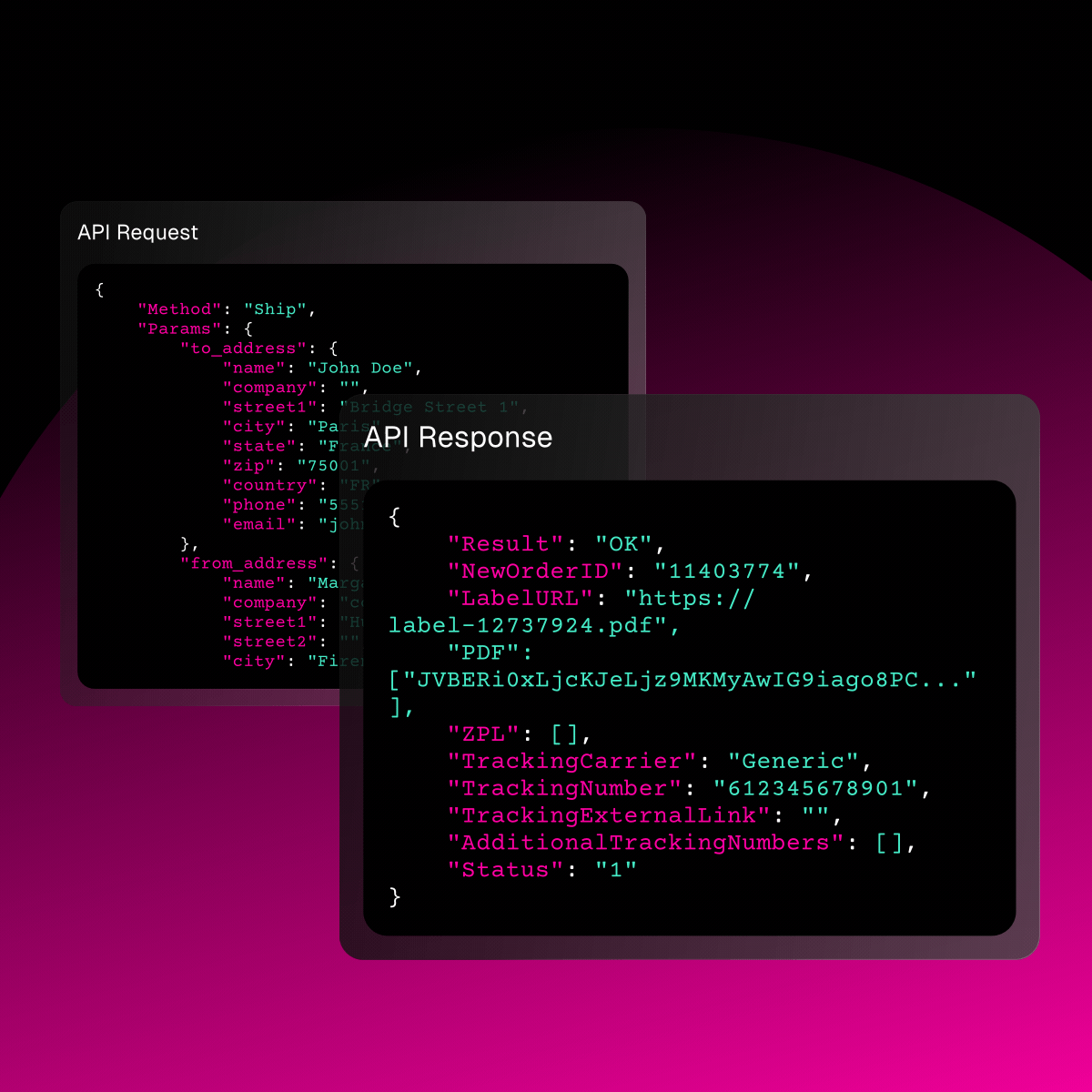Customs documentation management: how to simplify the process
 By
Giulia Castagna
·
3 minute read
By
Giulia Castagna
·
3 minute read

With global trade and the increasing complexity of customs regulations, companies need to find ways to simplify and streamline fulfillment and documentation processes. Over the past decade, the customs clearance process has been fully digitised at various stages, but many companies still manage this process partly digitally and partly on paper.
In this article, we talk about customs documentation management: which practices can make life easier for companies and how to approach the problem.
Documents needed for customs clearance
When it comes to international trade and cross-border shipments, there is no single answer to the question: what are the basic documents required for customs clearance of goods?
Some documents, however, are mandatory regardless of the country of origin and destination of the goods:
- Invoice
- Air Waybill (AWB) and/or Road Waybill (CMR) and/or Rail Waybill (CIM)
- Delivery note (DDT).
Other documents may be required depending on the commodity category (e.g. required for shipments of food, plants, animals, chemical or pharmaceutical products, etc.):
- Certification of origin (NAFTA for countries like Mexico, USA, and Canada)
- Export declaration
- Export licence
Those who trade with EU countries can refer to this official article with all the documents required for customs clearance and how to complete them.
For those who trade with the United States, we recommend the official website of U.S. Customs and Border Protections.
Digitising customs documentation: what you need to know
In recent years, the customs clearance process has been digitised, allowing companies to manage customs documents more efficiently. However, some companies still use paper-based methods, often due to internal resistance to change or a lack of resources to implement comprehensive digital solutions.
The digitisation of customs paperwork is no longer an option for many countries. In fact, the European Union has long since launched a multi-phase project (currently in Phase 2) for the computerisation of export transactions domestically and within the European Union.
Dealing with the Customs Declaration Service
Post-Brexit, the UK has introduced its own customs regulations, significantly altering the import/export procedures. The Customs Declaration Service (CDS) has replaced the previous CHIEF (Customs Handling of Import and Export Freight) system. CDS provides a modern and flexible platform for managing customs declarations, integrating advanced features for data management and traceability.
Key features of CDS include:
- Detailed Declarations: It allows for detailed product information, facilitating correct classification and duty calculations.
- System Integration: It integrates with shipping management systems and other enterprise software, enhancing operational efficiency.
- Real-Time Monitoring: It offers real-time updates on the status of customs declarations, improving transparency and traceability.
Post-Brexit import/export procedures require meticulous attention to detail and an in-depth understanding of new rules. Companies must:
- Correctly Classify Goods: Use the appropriate tariff codes to avoid penalties and delays.
- Accurately Complete Declarations: Ensure all required information is complete and correct.
- Manage Tariff Preferences: Utilize any applicable trade agreements to reduce duties.
By adhering to these new regulations and leveraging the capabilities of CDS, companies can navigate the complexities of post-Brexit customs procedures more effectively.
Why migrate to paperless customs management systems now?
Since the digitisation of customs management is coming for all companies and countries, it is useful to start working on this by adapting company tools accordingly.
Paperless management offers several advantages for companies, including:
- Cost reduction: by eliminating paper, companies can reduce the costs associated with printing, archiving and managing physical documents. Not to mention that many logistics partners have started to introduce additional costs for managing paper documentation related to shipments
- Less errors: digitisation reduces the risk of human error in the filing and management of documents by preventing goods from being held up in customs
- Speed: electronic document management speeds up the customs clearance process, reducing waiting times
- Documents storage: regulations require all customs documents to be retained for at least two years, as customs may require them at any time. Digitisation facilitates the storage and retrieval of these documents, reducing the risk of losing them and increasing the overall efficiency of the process
- Environmental sustainability: by reducing the use of paper, companies contribute to environmental sustainability, an increasingly important aspect of corporate sustainability budgets.
How to approach the digitisation of customs documentation
1. Customised solutions
The first option for companies is to have a customised application built into their OMS or TMS to manage their logistics flows and related documents.
While it offers maximum customisation and flexibility for business needs along with high control over all documentation, it has a very high barrier to entry due to the project budget.
2. Outsourcing
Outsourcing the entire document creation and archiving process is certainly more cost-effective than the first option and has very short implementation times.
To whom can the management of shipping documentation be outsourced? Many carriers offer this opportunity, for example. Of course, with outsourcing you have less control over the output of the documents and how they are archived.
3. Ready-to-use solution
The middle way between customised design and total outsourcing is definitely to opt for an off-the-shelf solution, be it software to be integrated into its own stack or document management via API.
In this case, the company would have very short implementation times, lower costs compared to a custom solution, but with the possibility of bringing customs documentation management in-house
In conclusion
Digitisation and paperless management represent the future of international logistics. As customs regulations continue to update, it is essential that companies stay ahead of the curve by investing in technologies that enable more efficient and sustainable management of customs operations.
Finally, implementing a complete digital solution for customs duty management is not only an operational and legislative necessity but also a strategic choice that can offer significant competitive advantages in the long term.

Curious by nature, analytical by mindset, Giulia Castagna is the voice behind ShippyPro’s content. As Content Marketing Manager, she simplifies complex logistics topics for those who ship around the world every day. She writes about AI, automation, and shipping trends to inspire data-driven decisions.






.webp)



.webp)
